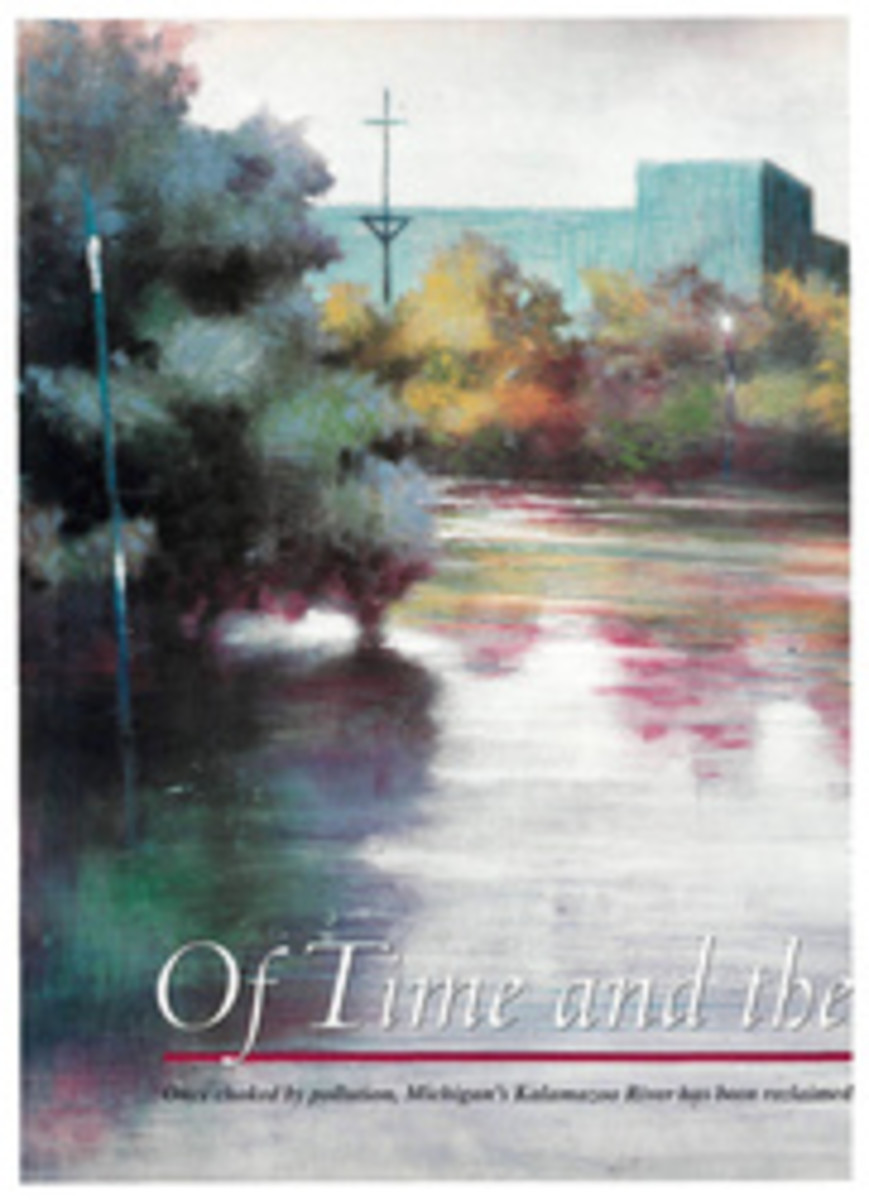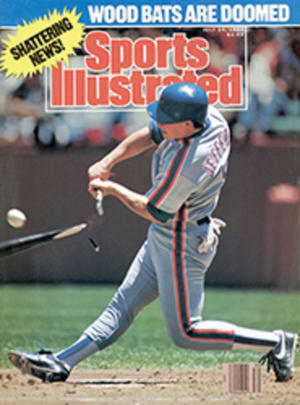
SARATOGA'S REVAMPED RACING MUSEUM IS A WINNER
Mindful of the drawing power of a good slogan, the people behind the National Museum of Racing and Hall of Fame in Saratoga Springs, N.Y., call their recently renovated shrine to the racehorse "the best two-dollar bet in town." Though it may not be quite as exciting as watching your 50-1 shot put a nose in front at the wire, it is certainly the safest bet in town. Located across Union Avenue from the Saratoga racecourse, the museum reopened last July after a 10-month shutdown during which the entire building was gutted and rebuilt. Chartered in 1950, the museum "hadn't changed in more than 30 years," says its president, Whitney Tower, a lifelong thoroughbred enthusiast who once covered horse racing for SI. The museum's board of trustees commissioned the two British husband-and-wife teams that had created the stunning National Horseracing Museum in Newmarket, England. Working together with local craftsmen, they built a $6 million monument to American racing that is, according to Tower, "what Cooperstown is to baseball and Canton is to football."
Inside the museum, visitors follow a path designed to resemble a racecourse; they start, naturally, at a starting gate. Once they're off, they run through the history of racing in the U.S. from its beginnings—a portrait of that noted horse-player, George Washington, is one of the first things one sees after breaking from the gate. Rounding the first turn, museumgoers get a look at racing in the pre- and post-Civil War periods; the establishment of the first racetracks (Morris Park and Jerome Park, both in New York, as are, of course, Belmont and Saratoga); and a re-creation of the studio, circa 1857, of Edward Troye, then America's foremost painter of the horse.
Down the backstretch, visitors encounter a skeleton of a racehorse, with a talking, fiber-optically lighted wall unit explaining a horse's astounding physical feats. "A Ferrari accelerates from a standstill to 60 miles per hour in 5½ seconds; a horse can reach 42 miles per hour in 2½ seconds," a voice intones. There is also a lineage chart tracing bloodlines of the thoroughbred to its earliest origins.
It is along the backstretch that one finds the Hall of Fame, an auditorium containing plaques honoring jockeys, trainers and horses. Every hour on the hour, the theater shows an 18-minute film called Race America, a collection of voice-overs and images from American racing, all set to Aaron Copland's music. Here, too, are half a dozen computer terminals on which the curious can call up information and videos about the men and animals enshrined in the Hall.
Heading for home, one finds a working tote board and an explanation of pari-mutuel betting; two model track surfaces (dirt and grass); part of Charlie Whittingham's barn from Santa Anita and part of the jockeys' room at Belmont; a section devoted to Triple Crown winners; and an exhibit that offers a glimpse of Saratoga's racing society in the 1890s. Finally, at the wire, there is a re-creation of the weigh-in area from the Saratoga track, complete with model jockey, steward and scales.
Throughout the museum, paintings, sculptures, photographs, racing silks, badges and trophies from various eras are on exhibit. The highlights include portraits of Man o' War and Nashua, bronzes of Secretariat and Ruffian, Kelso's unprecedented five Jockey Club Gold Cups and several Travers Cups. The Travers Cup, Saratoga's own pride and joy, is presented across the street each August to the winner of what is possibly the oldest continually run stakes race in America. The museum also has a special-exhibit gallery, which this season will feature Mr. and Mrs. John Hay (Jock) Whitney's collection of equestrian paintings, bronzes and racing trophies.
The renovated museum has been well received by the public. Attendance last year doubled that of previous years, according to museum director David J. Zdunczyk. "I knew we'd get something good for our money," Tower says. "But this is 10 times as good as I expected."
During Saratoga's racing season (this year from Aug. 2 to 28), the museum is open daily from 8:30 to 5:00. Hours vary at other times of the year.
PHOTO
MANNY MILLAN
This exhibit at Saratoga's museum affords visitors a clear view of equine mechanics.
David Levine's book on the Continental Basketball Association will appear next year.

